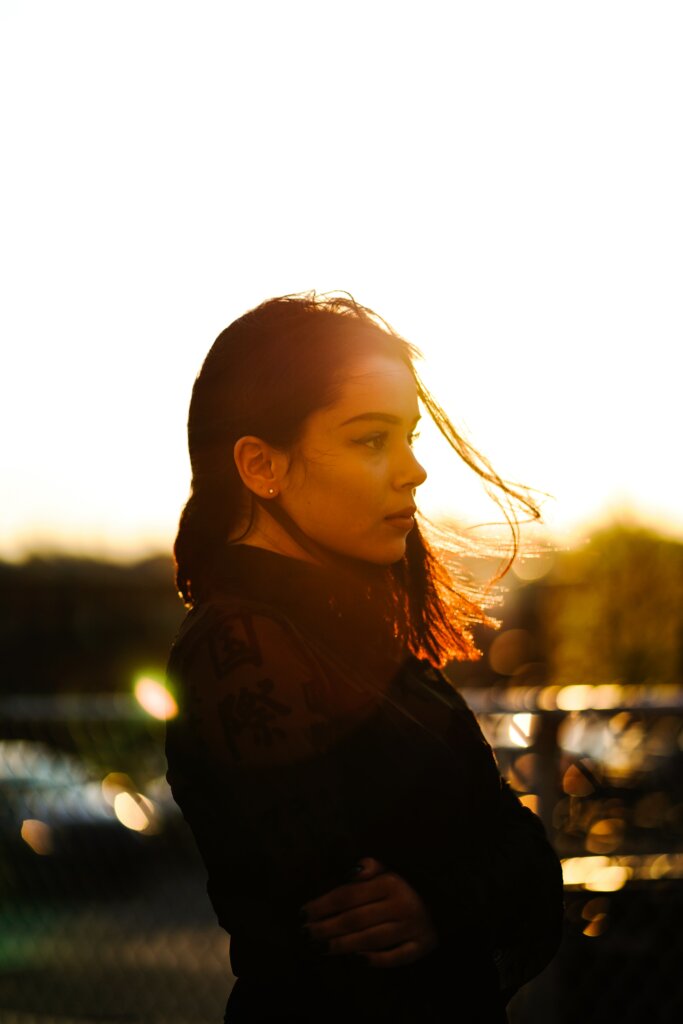Whether you’re just starting or looking to refine your skills, understanding the basics is key to unlocking your creative potential. Today, we’ll delve into the art of composition, where the way you arrange elements within your frame can make or break your shot. We’ll also look at the magic of lighting, showing you how to harness its transformative power to capture stunning images. And finally, we’ll explore the often-overlooked aspect of white balance, a fundamental concept that can significantly impact the mood and quality of your photographs.
Playing with Composition
Rule of Thirds: Imagine your frame divided into nine equal parts with two horizontal and two vertical lines. Place your subject along these lines or at their intersections for an aesthetically pleasing result. This free guide will help you understand how this rule works and how to implement it in your everyday photography!

Leading Lines: Use lines in your scene, like roads or fences, to draw the viewer’s eye toward your subject. Check out this article on leading lines by author Julie Bentacourt, who shares her tips and tricks on working leading lines into your photo composition.
Frame Within a Frame: Find natural frames, like windows or doorways, to create depth and focus on your subject. Compositional framing (read more here) can also help you to create a mood, an artistic effect, or remove clutter from a photograph.

Lighting Matters
Golden Hour: The hour after sunrise and before sunset offers soft, warm light, making your photos glow. This lighting often helps sentimental photography shine such as family photos or maternity shoots. Learn how to capture photos during the Golden Hour and the best tips on how to shoot within this timeframe to produce stunning photography!

Avoid Harsh Midday Sun: Direct sunlight can create harsh shadows. If you must shoot during midday, find shade or use a reflector to soften the light.
Use Flash Sparingly: Built-in flash can create unflattering shadows. Experiment with diffusers or bounce flash for softer light. While recent camera advancements make having to use flash rare, if you want to learn more about the times you do need additional lighting or ways to incorporate artificial light into your shots indoors or outdoors, check out this article.

White Balance
Understanding White Balance: This is crucial for beginner photographers. Essentially, it helps your camera interpret what “white” should look like in any given situation. When your white balance is set correctly, your photos will have accurate and natural colors. For instance, in daylight, your camera should capture whites as true white. You can experiment with these settings to see how they affect your photos in various lighting scenarios and don’t hesitate to try the custom white balance feature when needed. Read more on white balance here!
Conclusion
Photography is a journey where mastering the basics is the first step towards unlocking your creative potential. Remember photography is a lifelong learning curve, and we will always be learning new tools to master our craft. We hope these basic principles will help pave the way for your growth as a photographer.
Further Readings
Discover the Camera Fundamentals Guided Resource Kit: Volume Two, a carefully crafted collection comprising 17 essential pieces of content designed to enhance your understanding of camera basics. This curated kit includes guided video tutorials, hands-on exercises, project sheets, printable cheat sheets, and photography quick guides. Camera Fundamentals Guided Resource Kit: Volume Two offers valuable insights to help you capture stunning images effortlessly. Grab your copy right here!
